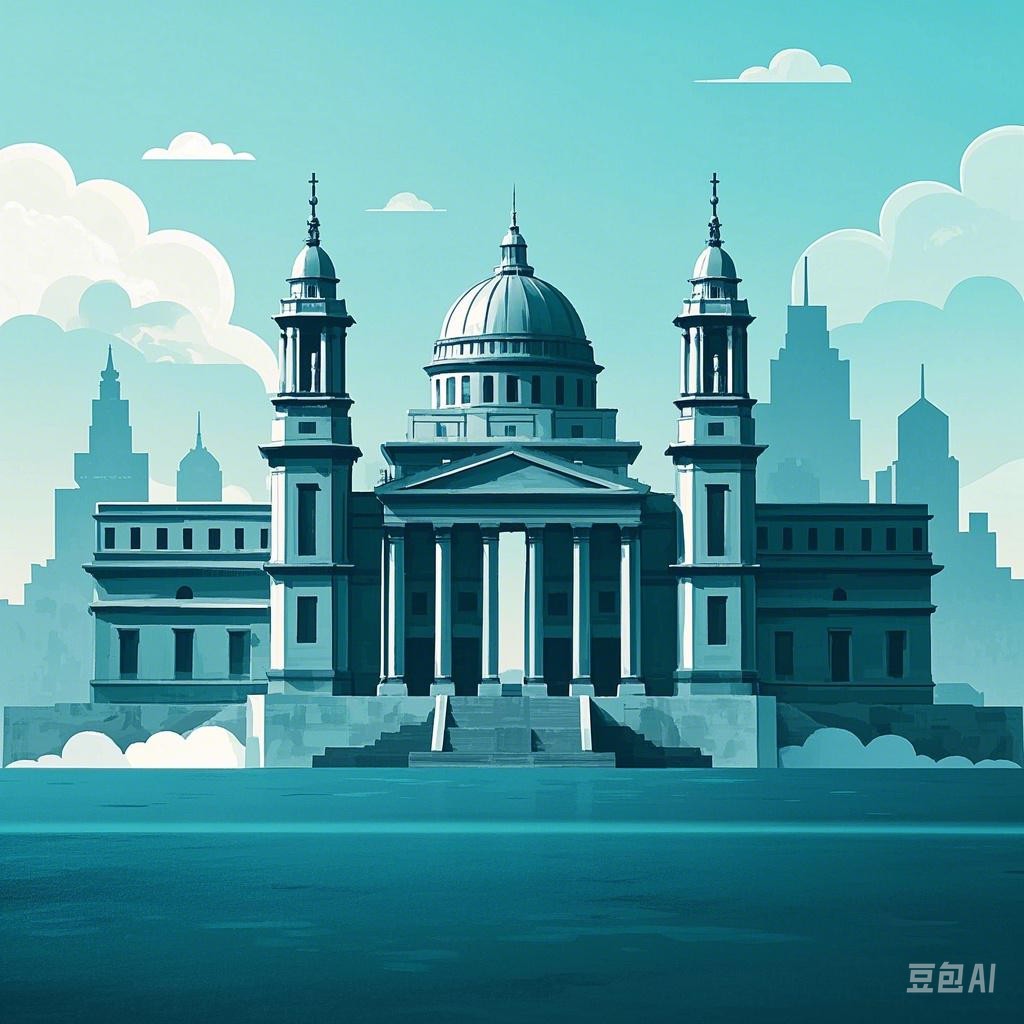Introduction
Xingtai, a city rich in history and culture, boasts a unique architectural heritage that reflects its long and storied past. This article takes you on a journey through time, exploring the historical architecture of Xingtai and its significance in the region’s development.
Ancient Foundations
The Origin of Xingtai
Xingtai’s history dates back to the prehistoric era, with evidence of human settlements in the region. The city’s name, Xingtai, translates to “Prosperous Tai,” symbolizing the region’s prosperity and stability over the centuries.
Earliest Structures
The earliest structures in Xingtai were simple earthen dwellings, constructed by the Neolithic people. These dwellings were built for temporary shelter and were often moved as the seasons changed.
The Han Dynasty and Beyond
Development of Urban Planning
During the Han Dynasty (206 BC – 220 AD), Xingtai began to develop as an urban center. The city walls were constructed, and streets were laid out in a grid pattern. This marked the beginning of organized urban planning in the region.
Temples and Monuments
The Han Dynasty also saw the construction of temples and monuments, such as the White Horse Temple, which was built in 68 AD. These structures were not only places of worship but also served as centers of cultural and educational activities.
The Tang Dynasty: A Golden Age
Architecture and Art
The Tang Dynasty (618 – 907 AD) was a period of great cultural and architectural achievement. Xingtai’s architecture during this era was characterized by its elegance and grandeur. The city saw the construction of magnificent palaces, gardens, and pagodas.
The Grand Canal
The Grand Canal, built during the Tang Dynasty, connected Xingtai with other major cities in China. This allowed for the exchange of goods, ideas, and people, further enriching the city’s culture and architecture.
The Ming and Qing Dynasties: A Time of Decline
The Great Wall
The Ming Dynasty (1368 – 1644 AD) saw the construction of the Great Wall, which passed through Xingtai. The wall was built to protect the region from invasions and played a significant role in the city’s defense.
Decline of Urban Architecture
The Qing Dynasty (1644 – 1912 AD) marked a period of decline for Xingtai’s urban architecture. The city’s population decreased, and many of its historical structures were abandoned or destroyed.
Modern Times: Revival and Preservation
Revival Efforts
In recent years, there has been a renewed interest in preserving Xingtai’s historical architecture. Efforts have been made to restore and protect the city’s ancient structures, ensuring that future generations can appreciate its rich heritage.
Challenges and Solutions
Preserving historical architecture in Xingtai faces several challenges, including urban development, environmental factors, and financial constraints. However, innovative solutions, such as sustainable preservation techniques and community involvement, are being implemented to address these issues.
Conclusion
The historical architecture of Xingtai is a testament to the city’s rich and diverse past. By exploring its various periods, we can gain a deeper understanding of the region’s cultural and historical significance. As we move forward, it is crucial to continue preserving and celebrating Xingtai’s architectural heritage for future generations.
